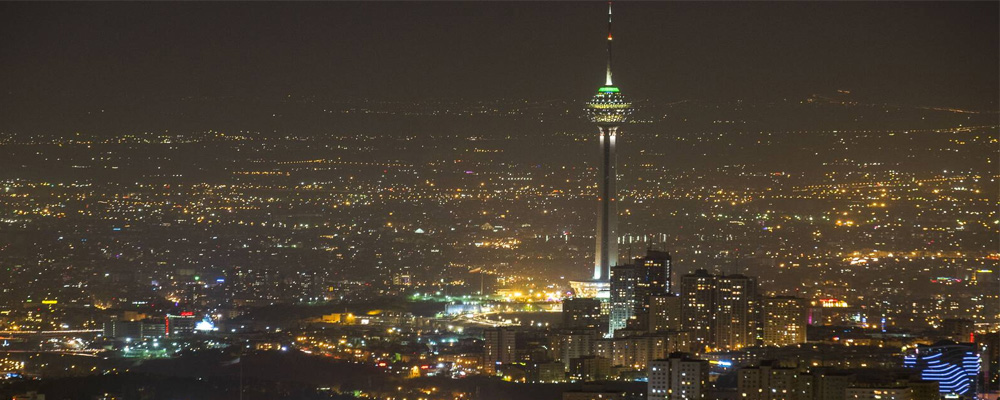About Tehran
Tehran is the capital and largest city of I.R. Iran, and the administrative center of Tehran Province. Tehran is a sprawling city at the foot of the Tochal mountain range with an immense network of highways unparalleled in Western Asia. The city is famous for its numerous resorts on the Alborz slopes, large museums, art centers, and palace complexes. Tehran is the largest city in the Middle East and is the 16th most populated city in the world with a population of around 7,800,000 people.
The origin of the name Tehran is unknown. Excavations place the existence of settlements in Tehran as far back as 6000 BC. Tehran was well known as a village in the 9th century, but was less well-known than the city of Rhages (Ray), nearby Tehran. In the 13th century, many of its inhabitants escaped to Tehran. Tehran became a residence of the Safavid rulers in the 17th century. In the early of 18th century, Karim Khan Zand ordered a palace, a harem, and a government office to be built in Tehran, possibly to declare the city his capital, but later moved his government to Shiraz. Tehran finally became the capital of I.R. Iran in 1795, when the Qajar king Agha Mohammad Khan was crowned in the city. It remains the capital to this day.
Tehran’s climate is largely defined by its geographic location, with the towering Alborz Mountains to its North and the central desert to the South. It can be generally described as mild in the spring, hot and dry in the summer, pleasant in the autumn, and cold in the winter. As a large city with significant differences in elevation among various districts, the weather is often cooler in the hilly north as compared to the flat southern part of Tehran. Summer is usually hot and dry with very little rain, but relative humidity is generally low and the nights are cool.

